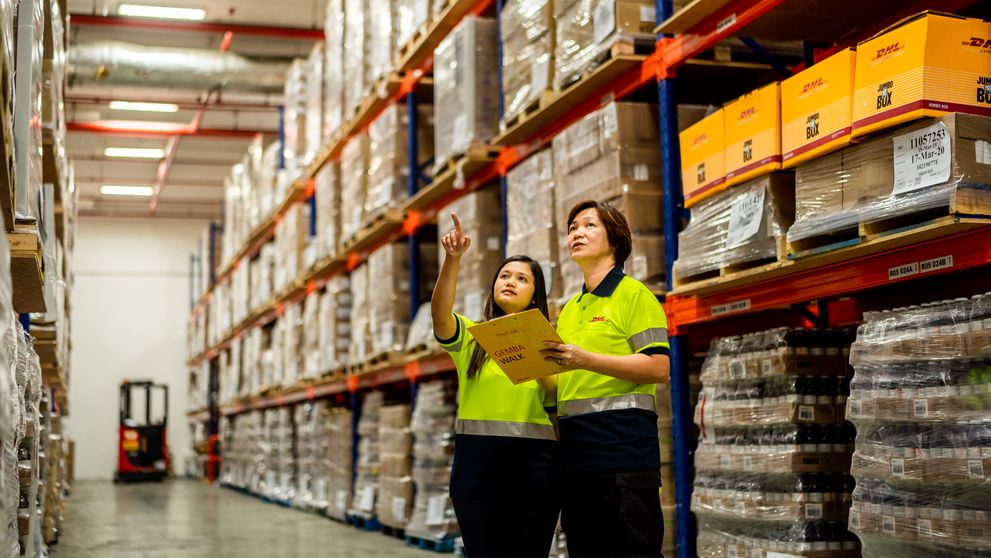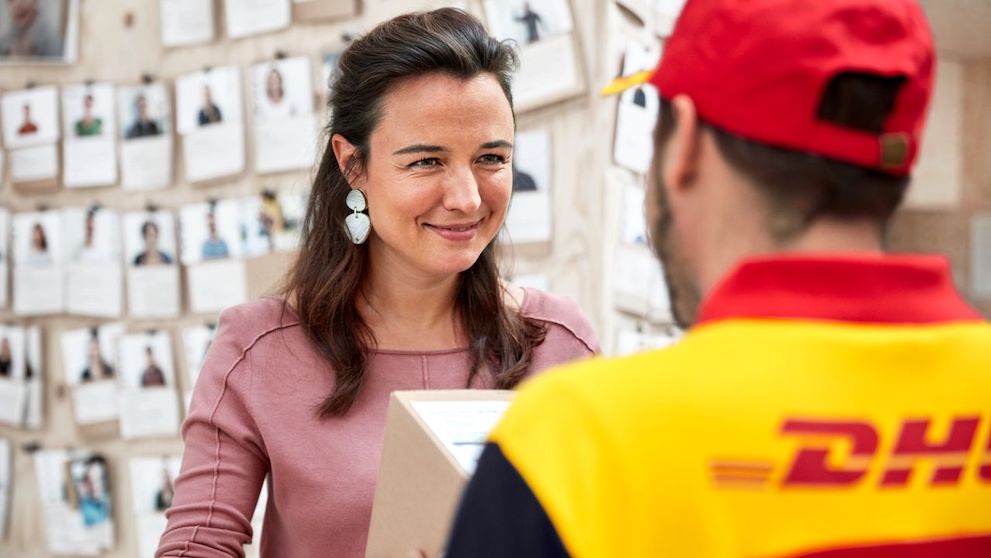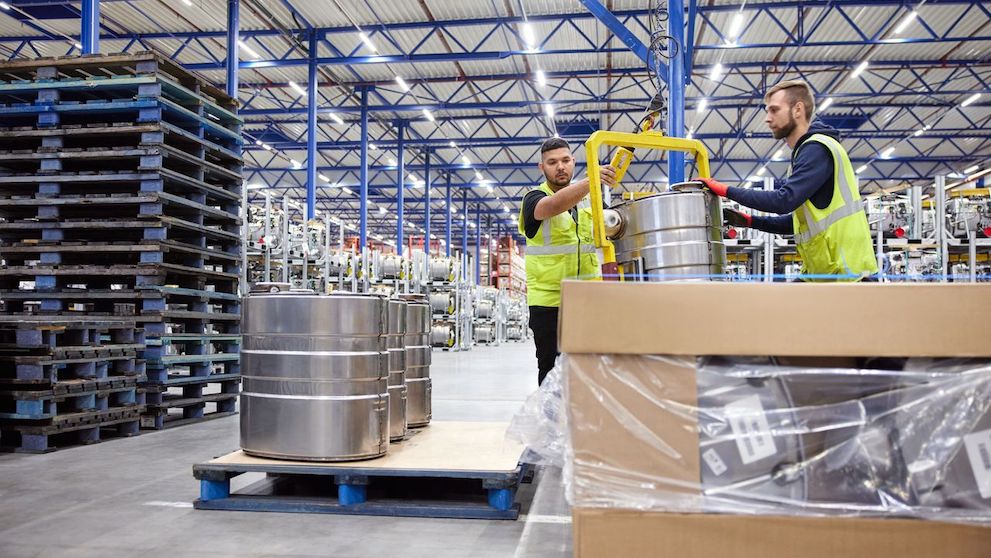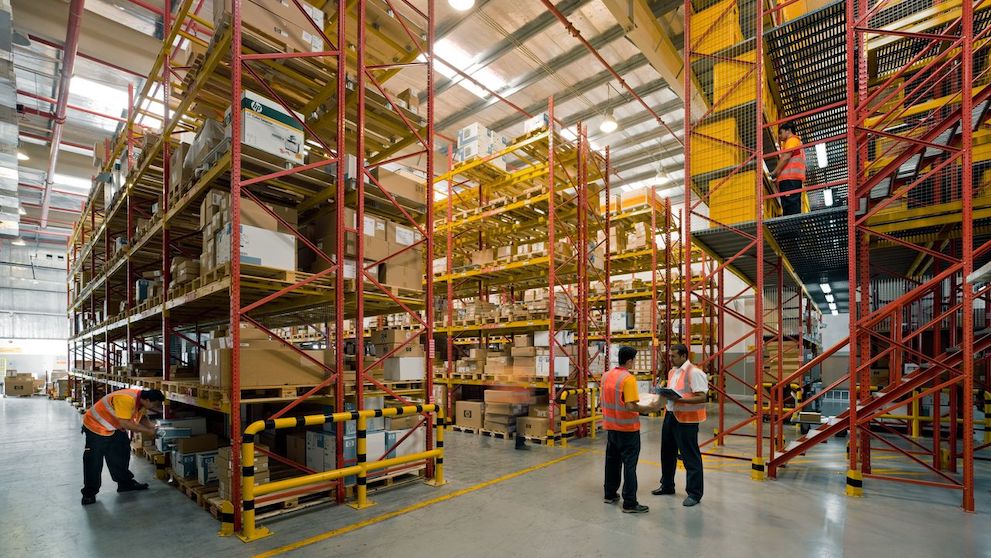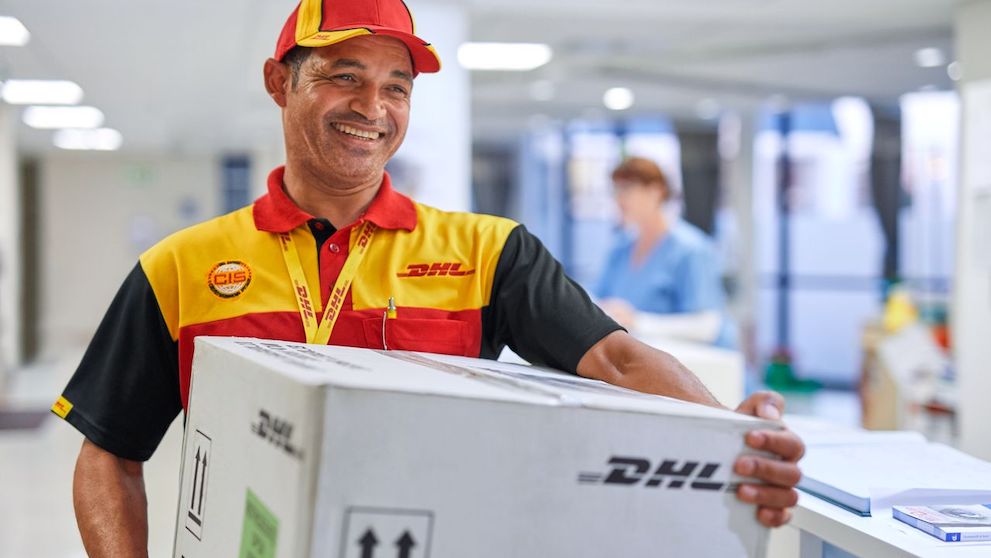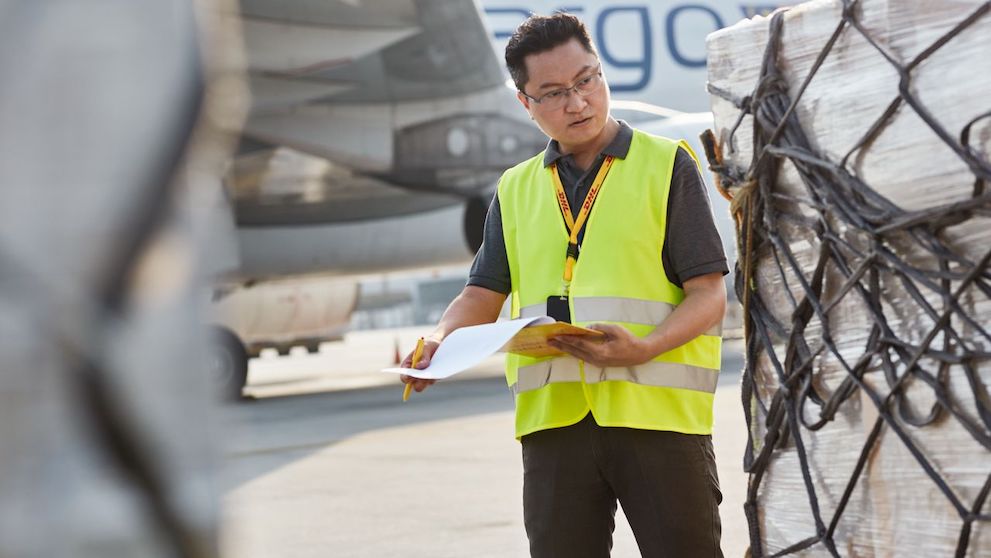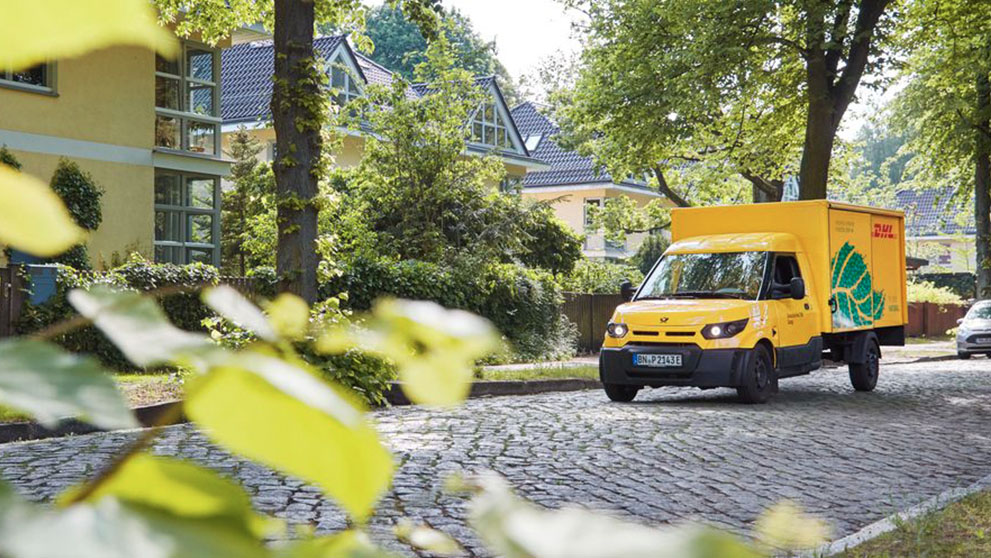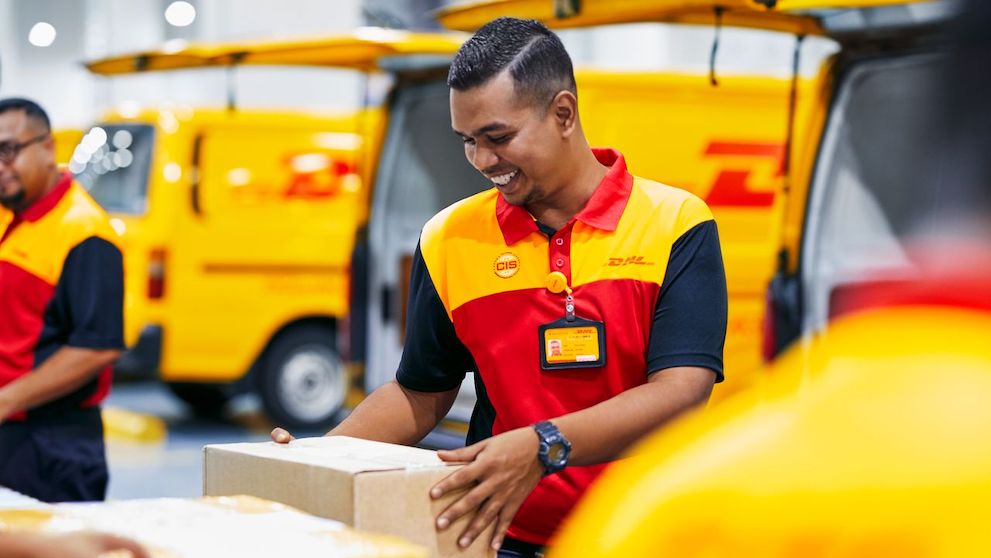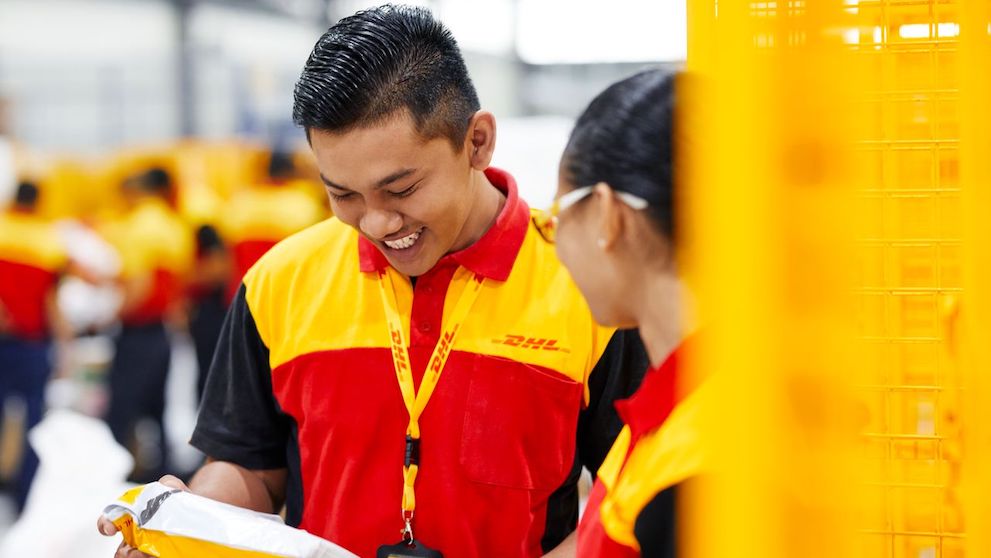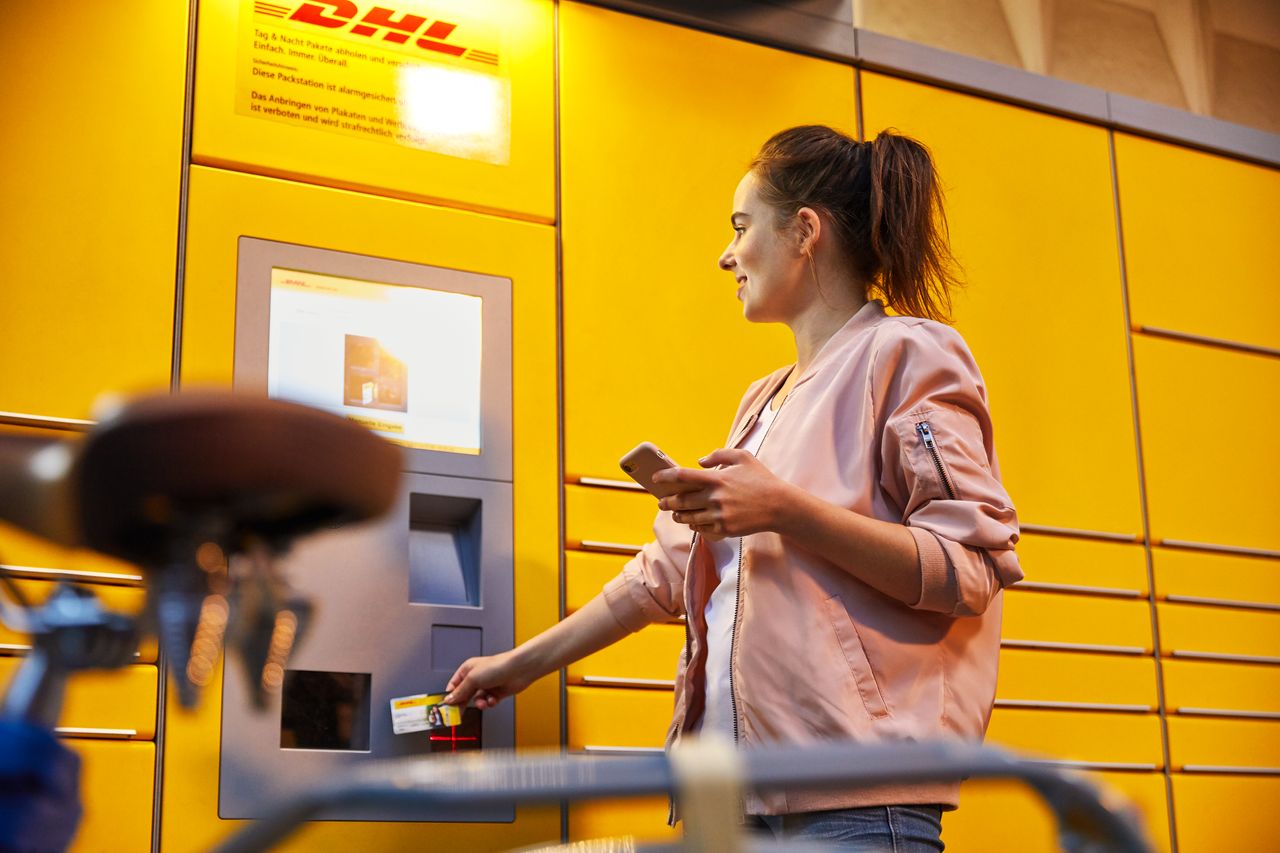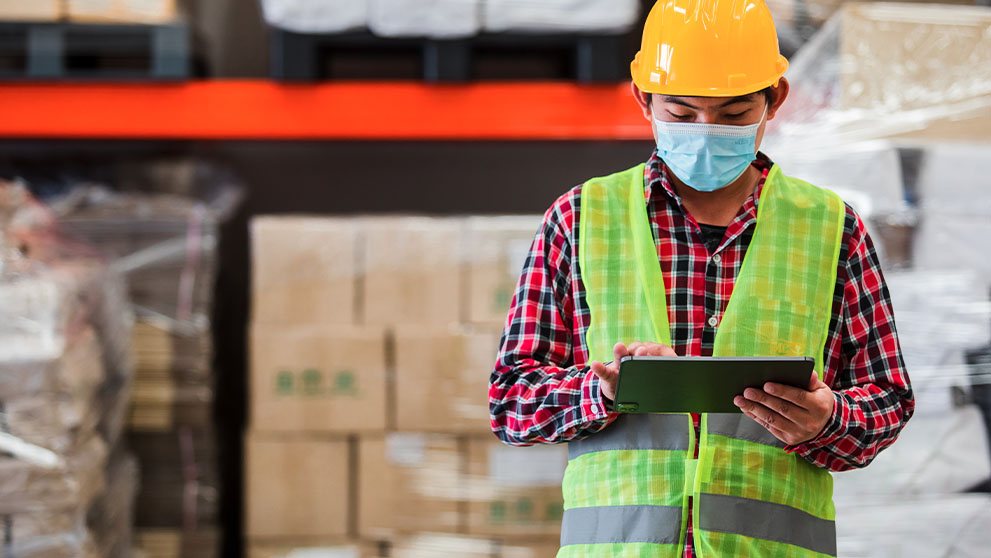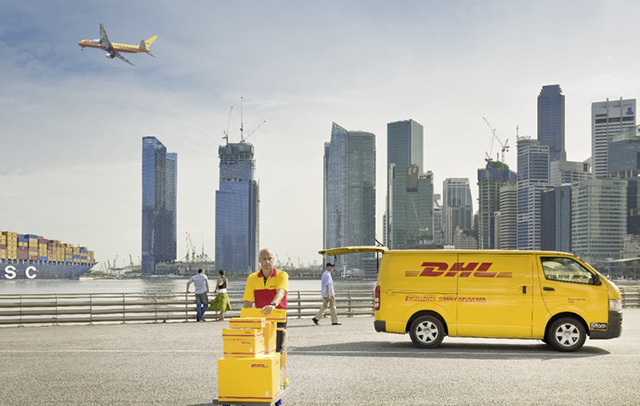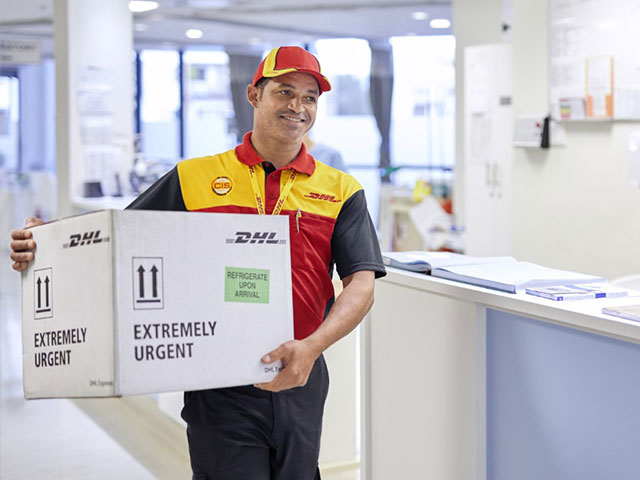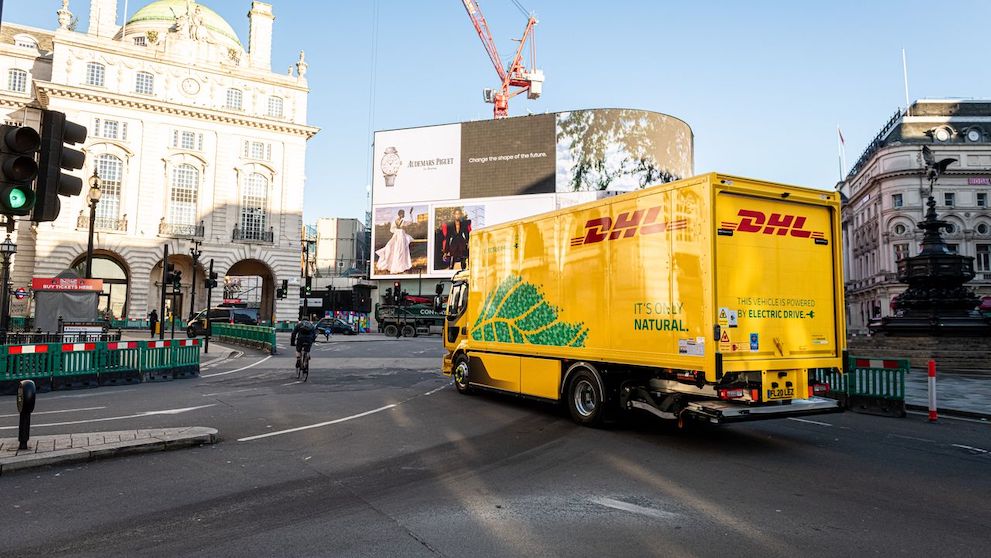In a continuation of our series of articles exploring how the pandemic has affected the e-commerce sector, we look at how the returns process has been disrupted, and what brands should do to overcome the challenges and win customers' loyalty.
During the pandemic, global e-commerce saw a sharp increase in sales, attracting even those who traditionally prefer to buy in-store. Of course, this rise had implications for online product returns, too.
Optoro1, a leading provider of returns technology that helps brands manage, process and resell returned merchandise, has seen a 20% decrease in average weekly returns volumes during the recent stage of the pandemic2. Similarly, Returnly3, the digital return platform for direct-to-consumer brands, saw e-commerce return rates fall by 21% in the weeks following mandated shutdowns4.
The drop is likely attributed to consumers wanting to avoid extra stress during the pandemic; to return a product, they must leave the house to visit the local shipping store, a risk many are reluctant to take during lockdown, especially when advised to self-isolate. Additionally, many online retailers have extended their returns window by up to 90 days to accommodate the new situation – return rates are predicted to rise later, as the deadline approaches. Some have also introduced more flexibility, allowing online orders to be returned in-store once they reopened.
This postponement is expected to cause an avalanche of returns in the future. “We are thinking of Covid as another Black Friday for returns – after the market opens,” says Returnly’s CEO and founder, Eduardo Vilar5. With a potential backlog in returns looming, COVID-19 could be the catalyst to fast-track returns technology, says Amit Sharma, CEO of post-purchase tech provider Narvar6. “Customers will expect more from brands and retailers. Some of the conveniences that they are seeing on the delivery side will eventually permeate returns.”7
Last year, Narvar introduced a service that lets US customers of brands including Levi’s and Sephora drop off their returns at Walgreens stores. The drugstore has been allowed to stay open during the pandemic and, as a result, Narvar has seen its customer base double. It appears to be a win-win situation – customers have a more convenient returns process, whilst the brands can provide a better service, with fewer expenses.
Elsewhere, technology companies are working on solutions that will improve the returns process for e-commerce sellers. Retail software provider Detego8 has recently expanded its RFID (radio-frequency identification) technology for use in the returns process. It allows fulfillment centers to scan items inside their return boxes, which makes the process quicker and easier.
97% of consumers will continue to shop with a retailer that delivers a positive customer experience.9
With the current boom in e-commerce, many industry forecasters are predicting that consumers who are new to online shopping will retain their habit even post COVID-19. Now is the time for your business to consider the delivery and returns service it offers – and where improvements can be made.
So, what can your e-commerce business do to ensure its returns process is as efficient as possible?
- Consider updating your returns policy by extending the length of the returns window. Beyond mitigating any challenges your customers currently have in accessing a shipping service, reducing the urgency to return will also give them a chance to form an attachment to the product; with more time to consider, they may opt to keep it after all. There’s science behind this – the endowment effect10 shows that people place greater value on an object and are more reluctant to give it away once they feel a sense of ownership.
- Make the experience as stress free as possible. With lockdown restrictions still in place in many countries, consider offering free home collection. DHL’s door-to-door courier service will pick up your customer’s return and deliver it directly to you. Your customer gets an easy and professional experience, and you get peace of mind that your product will be delivered back to you on time and in perfect condition.
- Communicate current changes to your returns policy. 49% of online consumers will actively check a brand’s return policy before committing to buy.11 A message on your homepage explaining an extension of the returns window may be the small detail needed to secure the sale.
- Be transparent. If you are experiencing delays in the processing of returns, be sure to let customers know up front so that they’re prepared for the wait.
- Be mindful of new hygiene concerns. If you offer a home collection returns service, communicate to customers how returns will be conducted with minimal contact to conform to social distancing and hygiene considerations. Polish menswear brand Lancerto12 has introduced a seven-day quarantine for its returns so that they are safe to use or wear by future customers.
- Gather customer feedback. Listen to why the customer is returning the item so you can initiate change and prevent it happening again. The return rate for e-commerce is around 30% – that’s 20% more than retail purchases13, and with the seller often covering the costs, it can put a sizeable dent in your profits. So, it’s certainly worth investing the time in improving your weak spots.
- Use high-quality images on your website. 23% of product returns are due to inaccurate depictions of the product14, so be sure to include lots of photos on your website along with descriptions of measurements/materials/maintenance etc. Not only will this prevent unnecessary returns, but you'll be presenting a good website design to your customers. Gymshark15 is a great example of a brand doing this well – the sports apparel company features multiple photos per product on its website, including close-ups of the material and logo.
- Remember the power of online reviews. In a report by Trust Pilot, 47% of consumers said they check online reviews while on a brand’s website before putting items in their cart.16 A customer review saying your business processed a return quickly and with minimal hassle is invaluable.
The returns service your business offers is a crucial investment for success. Treat it as an important part of your customer service: satisfied customers become repeat customers, and what customers want is a simple, transparent and preferably free returns service.
DHL's own research17 shows that when an e-commerce business offers an easy returns service, it encourages higher basket spend amongst customers. DHL Express's experts can help you integrate a seamless returns solution to your e-commerce checkout. Contact us today to get started.
1 – Optoro
2 – The Impact of COVID-19 on Consumer Returns, May 2020
3 – Returnly
4 – The Impact of COVID-19 on Consumer Returns, May 2020
5 – Eduardo Vilar, Vogue Business, May 2020
6 – Narvar
7 – Amit Sharma, Vogue Business, May 2020
8 – Detego
9 – The Impact of COVID-19 on Consumer Returns, May 2020
10 – The endowment effect, Wikipedia
11 – Narvar Consumer Report, June 2017
12 – Lancerto
13 – Invesp
14 – Chain Store Age, May 2020
15 – GymShark
16 – Discover.DHL, June 2018
17 – The 21st Century Spice Trade, DHL





